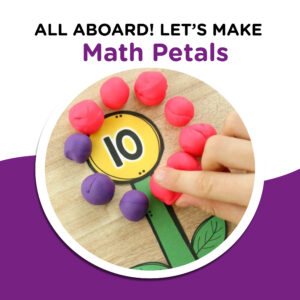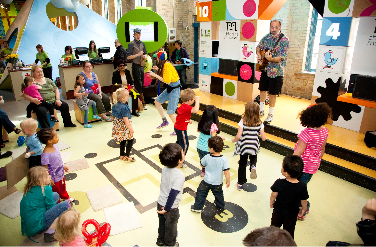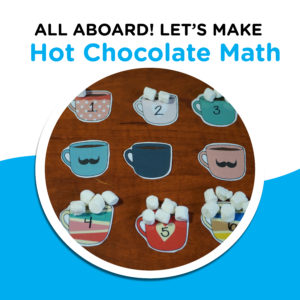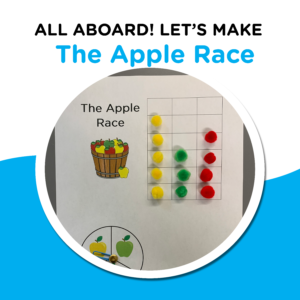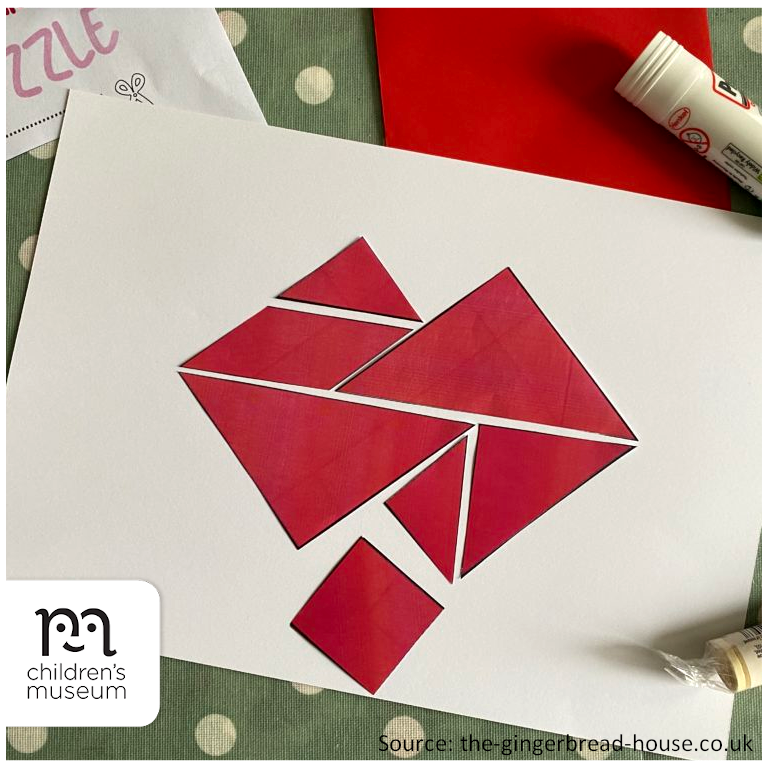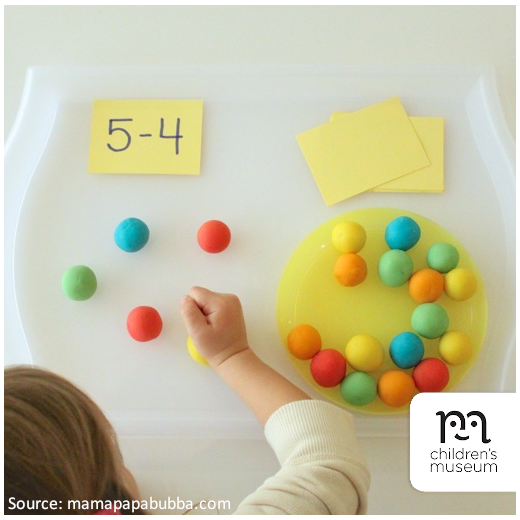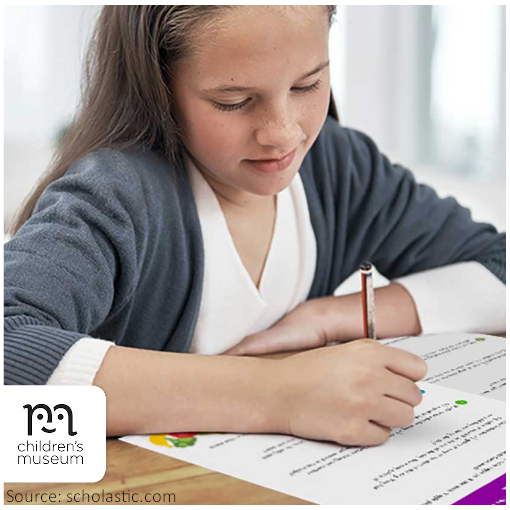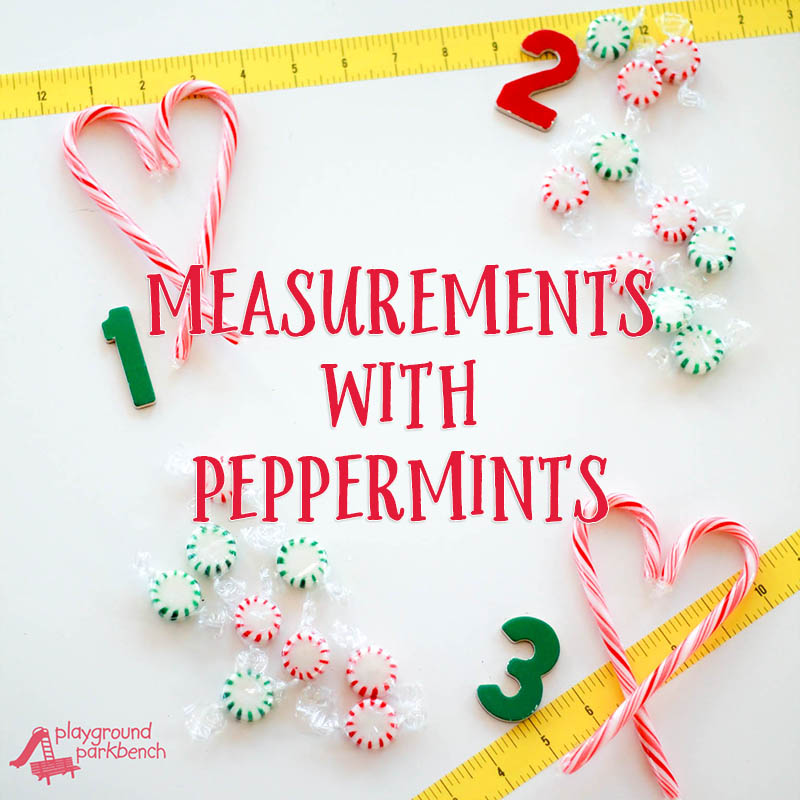
Source: playgroundparkbench.com
During the holidays, try using peppermints and candy canes as math manipulatives in your family’s projects!
Since birth, children are measured and weighed at every doctor visit. From an early age, they quickly hop on the scale or ask how tall they are. But what does that number mean? And how are different things measured? Typical units of measurement can be a bit abstract for preschool mathematicians, but you can still introduce and explore the concept of measurement with them using more familiar, tangible units. For the holidays, you can explore measurements with candies, using peppermints for weight and candy canes for length.
Weighing Objects with a Balance Scale
If you don’t have a balance scale, you can make a simple DIY balance scale with cups, string, and a coat hanger. Place your scale on a level surface or hang your DIY version from the back of a chair or a hook, and let your preschooler weigh various objects. Instruct them to place an object in one cup, and add weights – in this case peppermints – to the other cup until the scale balances. How many ‘peppermints’ did each of your objects weigh? Which object was the heaviest? Which one was the lightest? Did any objects weigh the same?
Measuring Lengths with Candy Canes
You can also move on to measuring lengths. Using candy canes like rulers, preschoolers can measure countless objects around the room. Demonstrate how to lay the candy cane along the length of the object starting at one end. Lay candy canes end to end to measure the full length of each object. What was the tallest object you measured? What was the smallest?
For Older Kids
Older students can still enjoy these basic measurement activities. You can make it more of a challenge for them by asking them to convert their weights and lengths from units of peppermints and candy canes to actual grams and centimetres!

